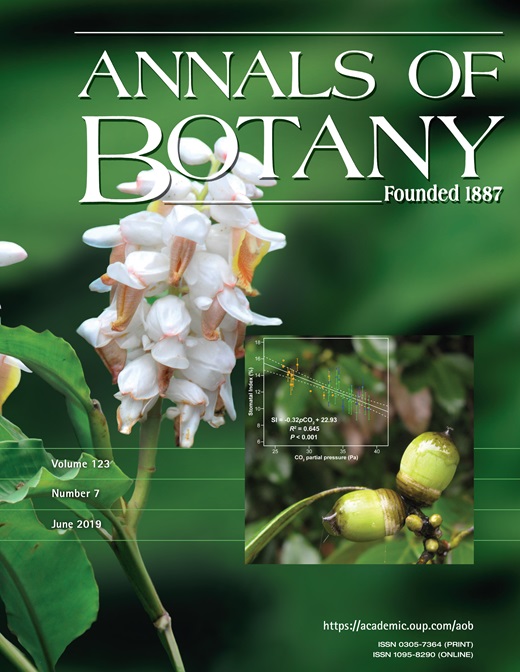The inverse correlation between atmospheric CO2 partial pressure (pCO2) and stomatal frequency in many plants has been widely used to estimate palaeo-CO2levels. However, apparent discrepancies exist among the obtained estimates.
The ring-cupped oaks (Quercus) are excellent potential candidates for reconstructing the historical atmospheric CO2 concentration of the Cenozoic Era.
Researchers from Xishuangbanna Tropical Botanical Garden (XTBG) selected Q. glauca, a dominant species in East Asian sub-tropical forests with abundant fossil relatives, to determine how the stomatal frequency of Q. glauca responds to pCO2 variation.
They used three material sources to stomatal frequency–pCO2 correlations, i.e. seedlings grown in climatic chambers under elevated pCO2; extant field samples collected along an altitudinal gradient; and historical herbarium specimens.
An inverse correlation between stomatal frequency and pCO2 was found for Q. glauca through cross-validation of the three material sources.
The three material types showed the same response, indicating that Q. glauca was sensitive to atmospheric pCO2 and was a potential proxy for palaeo-CO2 levels.
Quercus glauca is a nearest living relative (NLR) of section Cyclobalanopsis fossils, which are widely distributed in the strata of East Asia ranging from the Eocene to Pliocene, thereby providing excellent materials to reconstruct the atmospheric CO2 concentration history of the Cenozoic.
“Quercus glauca will add to the variety of proxies that can be widely used in addition to Ginkgo and Metasequoia”, principal investigator of the study.
The study has been featured as cover story in Annals of Botany, 123 (7).
Contact
ZHOU Zhekun Ph.D
Key Laboratory of Tropical Forest Ecology, Xishuangbanna Tropical Botanical Garden, Chinese Academy of Sciences, Mengla, Yunnan 666303, China
E-mail: zhouzk@xtbg.ac.cn

https://academic.oup.com/aob/issue/123/7

